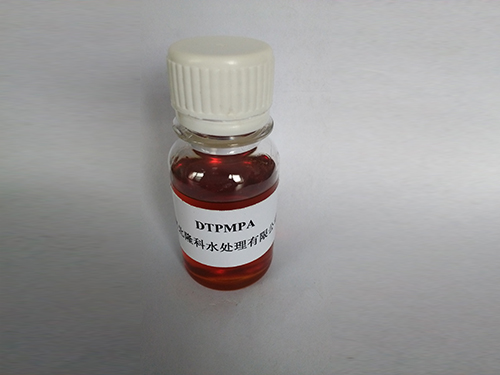flocculation chemicals
Understanding Flocculation Chemicals Their Role in Water Treatment and Beyond
Flocculation is a crucial process widely utilized in various industries, particularly in water treatment, to enhance the removal of suspended particles from liquids. This process involves the aggregation of fine particles into larger clusters known as flocs, which can then be easily removed through sedimentation or filtration. The effectiveness of flocculation predominantly relies on the use of flocculation chemicals, which play a pivotal role in improving the efficiency and performance of this process.
Flocculation chemicals can be categorized into several types, including synthetic organic polymers, inorganic coagulants, and natural organic substances. Each category serves a different function and has distinct mechanisms of action, tailored to specific applications and conditions.
1. Synthetic Organic Polymers
Synthetic organic polymers are among the most commonly used flocculation chemicals. These long-chain molecules enhance the aggregation of particles by creating a bridging effect. The most widely utilized synthetic flocculants include polyacrylamides and polyamines. Polyacrylamide, for instance, is favored for its high molecular weight and ability to reduce the settling time of floc. Conversely, polyamines are effective in neutralizing the surface charges of particles, facilitating their aggregation.
Inorganic coagulants, such as aluminum sulfate (alum) and ferric chloride, are another major category of flocculation chemicals. They work by neutralizing the negative charges on suspended particles, which encourages them to collide and form larger aggregates. Alum is particularly popular in municipal water treatment facilities due to its effectiveness, cost-efficiency, and availability. However, the selection of appropriate coagulants must be tailored to water chemistry, as factors such as pH and temperature significantly influence their performance.
3. Natural Organic Substances
flocculation chemicals

Natural organic flocculants, derived from plant or animal sources, are also gaining traction due to their eco-friendly nature and biodegradability. Examples include chitosan, which is derived from chitin found in shellfish, and starch-based flocculants. These substances are becoming increasingly attractive in water treatment settings aiming for sustainability and minimal environmental impact. The use of natural flocculants often presents a dual benefit, as they promote effective flocculation while also enhancing the overall quality of treated water without introducing harmful chemicals.
Applications Beyond Water Treatment
While water treatment remains the primary application of flocculation chemicals, their use extends into other sectors such as paper manufacturing, mining, and food processing. In the paper industry, for instance, flocculants help in the formation of strong fiber bonds during pulp processing, improving the quality and strength of the final product. In mining, flocculation is employed to recover valuable minerals by enhancing the separation of ore from waste material.
Environmental Considerations
As industries increasingly adopt sustainable practices, the environmental implications of flocculation chemicals have come under scrutiny. The use of harmful chemicals can lead to concerns regarding residual toxicity in treated water. Thus, there is a growing demand for research and development focused on biodegradable and non-toxic alternatives. This shift not only satisfies regulatory standards but also aligns with the global movement toward sustainability.
Conclusion
Flocculation chemicals are indispensable in numerous applications, chiefly in water treatment, where they improve the filtration and sedimentation processes essential for producing clean water. The diverse range of available flocculants, from synthetic polymers to natural organic substances, ensures that industry-specific needs can be met. As technology advances and environmental awareness grows, the industry is poised to embrace newer, greener alternatives in flocculation chemistry. Understanding and optimizing these chemicals will be key to enhancing efficiency and sustainability across various sectors while safeguarding our natural resources.
-
Dodecyldimethylbenzylammonium Chloride: High-Purity DisinfectantNewsAug.30,2025
-
2-Phosphonobutane-1,2,4-Tricarboxylic Acid: Scale & CorrosionNewsAug.29,2025
-
Premium Isothiazolinones | Broad-Spectrum Biocidal SolutionsNewsAug.28,2025
-
LK-319 Special Scale And Corrosion Inhibitor For Steel Plants: Advanced Solutions for Industrial Water SystemsNewsAug.22,2025
-
Flocculant Water Treatment: Essential Chemical Solutions for Purification ProcessesNewsAug.22,2025
-
Isothiazolinones: Versatile Microbial Control Agents for Industrial and Consumer ApplicationsNewsAug.22,2025





